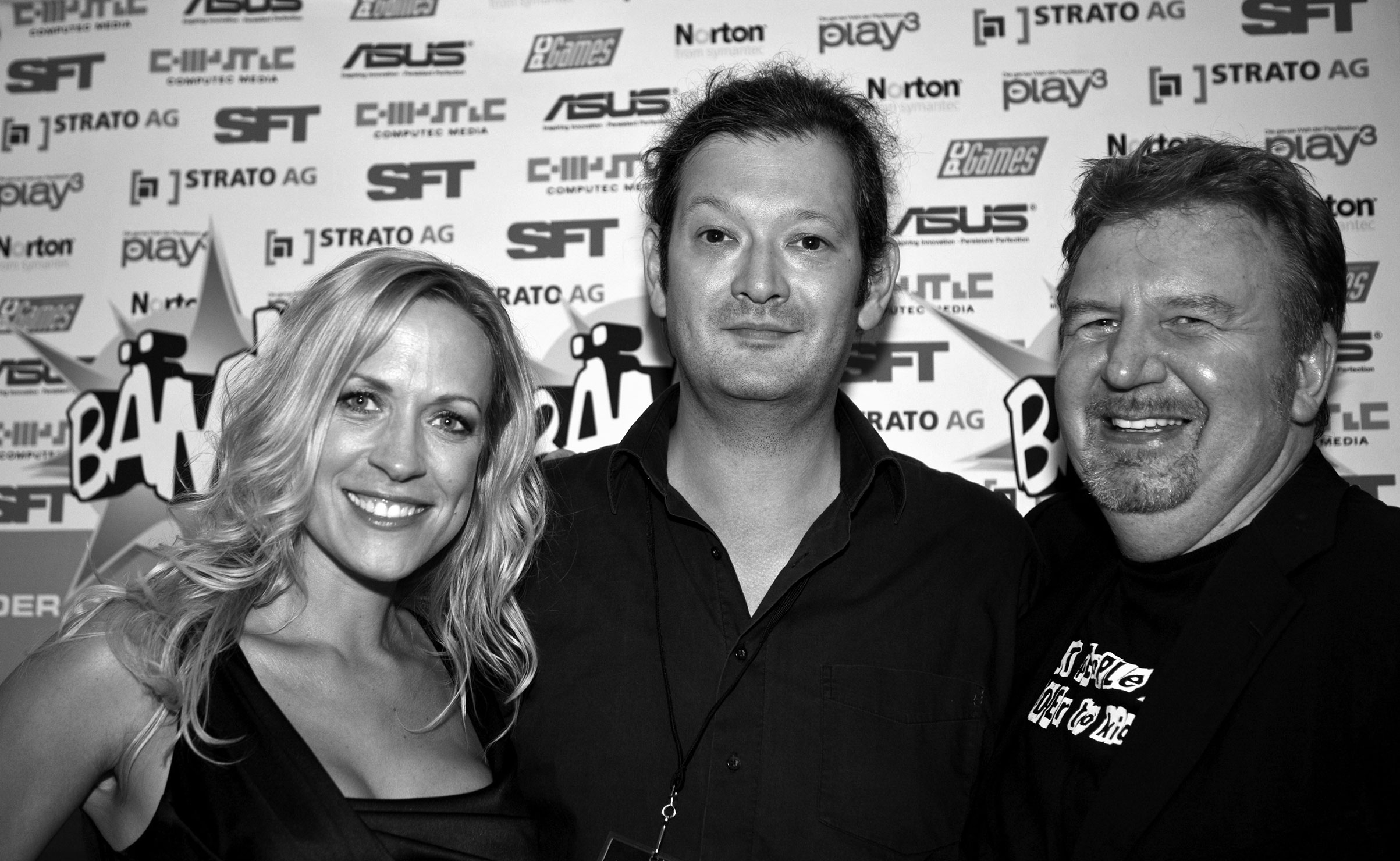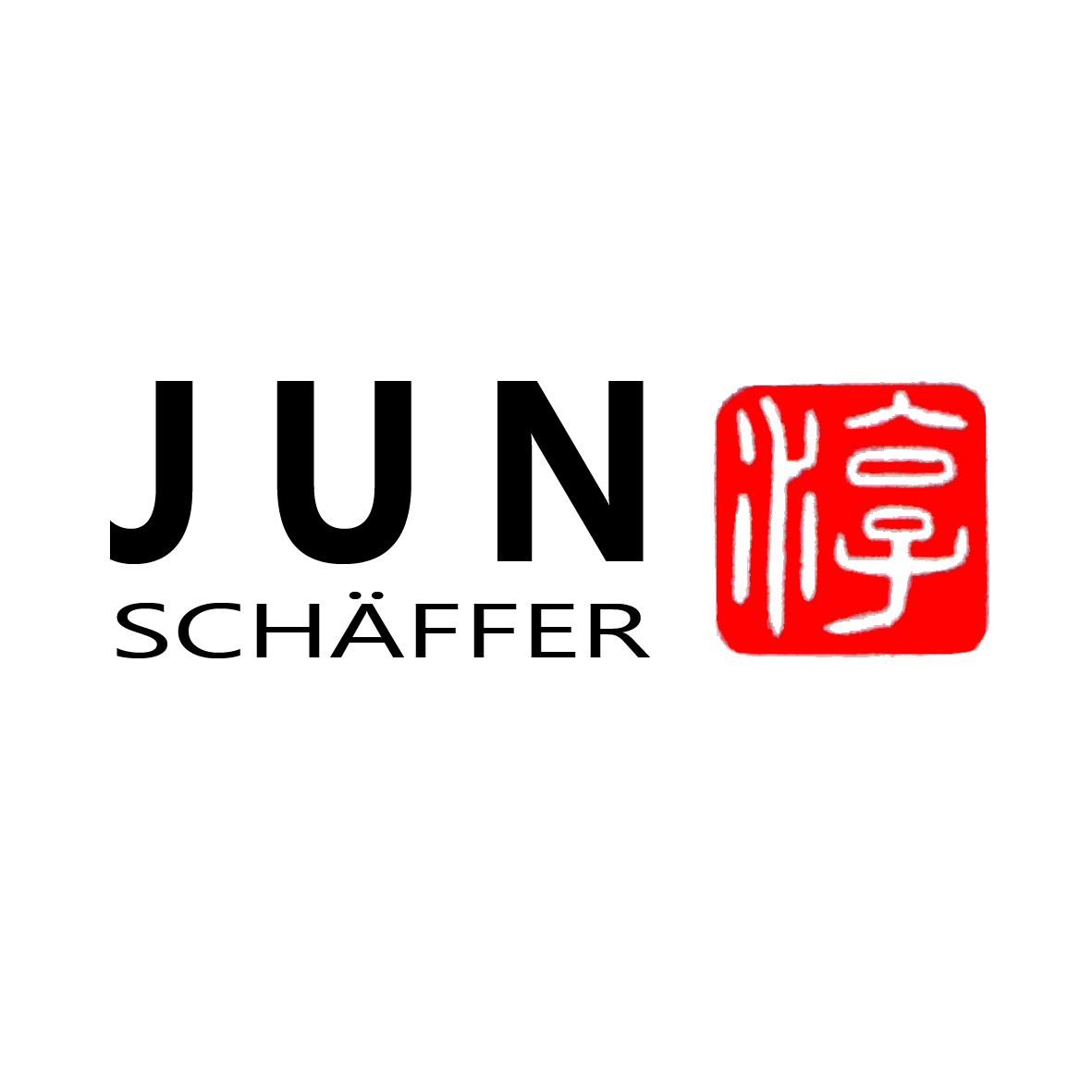Atelier-Ausstellung „Offene Ateliers Köln“ (2019)
Kunsthalle Rathaus Lindenthal (Gruppenausstellung), Köln (2019)
Street Gallery (Gianni), Köln (2019)
Kunsthalle Rathaus Lindenthal (Gruppenausstellung), Köln (2018)
Street Gallery (Amei FoodCulture), Köln (2018)
Kunsthalle Rathaus Lindenthal (Gruppenausstellung), Köln (2017)
Street Gallery (Cologne Couture), Köln (2017)
Villahotel Rheinblick, Köln (2017)
LANDMANN-31, Galerie Display, Cologne/Germany (2016)
Kunstmeile Rodenkirchen, Cologne/Germany (2016)
Street Gallery, Cologne/Germany (2015)
Kunst im Carree, Cologne/Germany (2014)
Thalia, Bonn/Germany (2011)
Trinitatis Kirche, Cologne/Germany (1996)
Kölsche Akropolis/ Halle Tor 2, Cologne/Germany (1996)
Berdux-Hallen, Munich/Germany (1995)
Exhibition collaboration
„Meditazioni Mediterraneo“ Studio Azzurro – Roppongi Hills Gallery, Tokio/Japan (2003)
„vision.ruhr – Kunst, Medien, Interaktionen“ – Zeche Zollern II/IV, Dortmund/Germany (2000)
„Ll fuoco, l’acqua, l’ombra“ Studio Azzurro – Kunst und Ausstellungshalle, Bonn/Germany (1998)
„Introspektion“ Galerie Paszti-Bott („Impromptu“ Thomas F. Fischer), Cologne/Germany (1994)
(Jun Schäffer)
Close to the concept art, the media installations of Schäffer is based on an idea, a concept, that is at least equal to it’s artistic execution. For this he occasionally makes use of an “objet trouvé”. He intensely devotes himself to his topics, explores any depth, considers from every angle. For reaching his final state of art, he collects the fitting notes and materials, sometimes even huge amounts, only to then delete it all again. Only the crystallized essence of his work stays. Solely the concentration on the crucial parts remains.
A deeper look into the history behind the art will leave you touched by the story it tells. There are stories where we do not want to look, think, or even listen. You must take some time, show patience, and listen for a while. As shown in “mare”. Upon always the same sight of a seemingly idyllic blue sea, the soundtrack tells all else, to understand.
One might then understand, whence the vintage golden frame is really made out of. The golden surfaces, that partly cover the pines, link to the fog patches. These fog patches are often used in Japanese culture, to either connect or cloak different scenes in the story.
Being a German-Japanese artist, he connects both of these worlds. He consciously studies the interactions between occidental and japanese-oriental culture and their aesthetic interactions. ©2016 Text: Barbara Walser
2006-2020 „Stunksitzung“ Bühnenshow, Köln
(Koordination + Co-Regie)
2006-2020 „Stunksitzung“
90 Min. + 180 Min. Sendefassungen, WDR
(Realisation)
2013 „30 Jahre Akademie för uns kölsche Sproch“ Gala in der Kölner Philharmonie (künstlerischer Leiter und Regie)
2013 „Akademie för uns kölsche Sproch“ PromoVideo für Stiftung Kultur Köln (Realisation)
2012 „Platanos de Canarias“ PromoVideo für EMC Gaia Consultoria de Comunicacion Madrid (Konzept + Realisation)
2011 ClickIt²“ Einspieler Bühne für Zartbitter e.V. (Storyboard)
2011 Ver.di Bundeskongress: „Kirche“ (Realisation), „Finanzkrise“ (Sprachregie), „Dienstleistung“ (Realisation) Einspielfilme für Hansen Kommunikation Köln
2010 „Respekt“ Wolfgang Nitschke (Realisation DVD/Videomarketing)
2010 „Click It²“ Bühne (Regieassistenz)
2010 „Todesstaub“ Dokumentation (Regiekonzept 90er Fassung)
2010 „Schieche – schön schräg“ (Realisation DVD)
2008-2012 „BÄM! Der Games Award“ – Gala/Preisverleihung für Computec AG (Regie)
2008 „3D Projekt“ für „Story Hotel“ Berlin (Drehbuchentwicklung)
2008-2010 „Phase 1“ + „Phase 2“ Blackbox Company, Köln (Mediale Betreuung)
2007 „Next“ mit Steve Blame – Pilotfolge (Formatentwicklung / Realisation)
2006 „Lavinia“ Dokumentation – für Croma TV, Hannover (Konzeption)
Regiearbeiten 2001-2006:
„Naturally 7“ PromoVidoe für EMI Deutschland (2006)
„Fiat/Blue & Me“Commercial b2b (2006)
„Ford/Nokia“Commercial b2b (2006)
„For Life“ Naturally 7, Musikvideo für EMI Japan (2006)
“Kim Wilde” EPK (2005)
“Naturally 7” EPK (2005)
“Maskerade” Werbung TV – b2c (2004)
„Badewelten“ Werbung TV – b2c (2003)
„Anders als man denkt“ (Kulturspeicher Würzburg, 45 Min.), Portrait Dieter Jung (2003)
„Online Music Awards 2002“
“New Order” The Palladium Concert (PopOnline, 120 Min) Konzertfilm (2002)
„Jon Spencer Blues Explosion“ (PopOnline, 125 Min.) Konzertfilm (2002)
„The Kelly Family“ (KelLife, 90 Min.) Konzertfilm (2002)
„World Of Reggae“ (Kingston, 8 Std.) Festivalfilm (2002)
„Die Firma“ (PopOnline, 90 Min.) Konzertfilm (2002)
„Aus ÖTV wird ver.di“ (Gewerkschaftsbund, 5 Min,) Imagefilm (2001)
„The Residents – Icky Flix Tour“ (PopOnline 100 Min.) Konzertfilm (2001)
„Beta Band“ (EMI Electrola, 95 Min.) Konzertfilm (2001)
„Sunkin“ (Müller, 5,30 Min.) Musikvideo (2001)
„Starsailor live“ (PopOnline, 95 Min.) Konzertfilm (2001)
„Fistfuck Hotel“ Transpunk/Belgien (Hautrecord, Belgien, 4 Min.) Musikvideo (2000)
POPKOMM TV für die Poponline GmbH (Köln) – 365 Tage Musikfernsehen im Internet. Eigenproduktionen (live + OnDemand) Reportagen, Interviews, Konzerte, Videoclips, Features, Magazine (2000-2003)
1999 Drehbuch und Regie bei dem Kurzfilm „Moll“ (mit Nina Petri, Paul Faßnacht, u.a.) gefördert durch das Filmbüro NW e.V.
außerdem
als Regieassistent:
„Köbes Classic“ (Regie: Elmar Herkenrath-Rundholz) für den WDR (2009+2012)
Jubiläumskonzert „25 Jahre Höhner“ (Regie: Nicole Klefisch) für den WDR (2008)
Kinofilm „Ode an die Freude“ (Regie: Masanobu Deme) für TOEI JAPAN (2005-2006)
Kurzfilm „Carrick Mor“ (Regie: Stéphane Tielemans) für X-Filme (2005)
als Cutter:
Doku „Tödlicher Staub“ (Kinofilm / 90 Min. / 2005)
Doku „La Enamorada“ (ChileTV / 51 Min. / 2005)
Doku „Der Arzt und die verstrahlten Kinder von Basra“ (WDR / 44 Min. / 2004)
Doku „Todesursache: Schweigen“ (WDR / 44 Min. / 2003)
Doku „Verschwörung des Schweigens“ (ARTE / 55 Min. / 2003

Awards
als Regisseur (Show);
MIDEMNET AWARD 2002 für die „Online Music Awards“
als Cutter (Dokumentation);
EUROPÄISCHEN FERNSEHPREIS ÖKOMEDIA 2004 für „Der Arzt und die verstrahlten Kinder von Basra“
Media
Contact
Comments are welcome!
Please write me a message to the following e-mail address:
